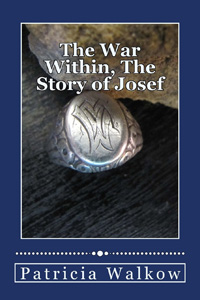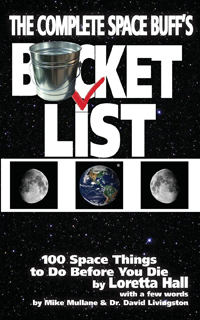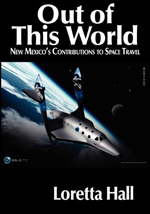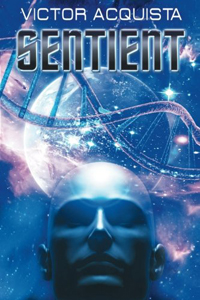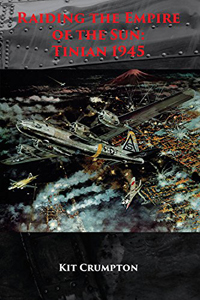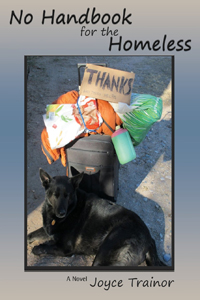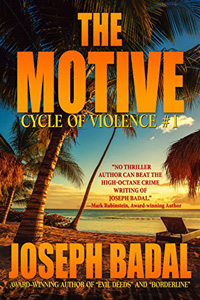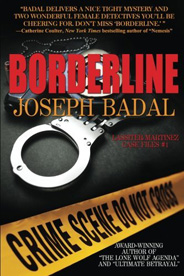Science fiction novelist Zachry Wheeler is a web applications developer and self-professed nerd who also writes nonfiction articles for BrewChief.com and HerringtonPost.com. You’ll find him on his website ZachryWheeler.com and at SFF conferences throughout the Southwestern United States (see his website’s Events page). Transient, published in 2016, is his debut novel.
 What is your elevator pitch for Transient?
What is your elevator pitch for Transient?
I got a lot of pitch practice at the Albuquerque Comic Con this year. It sold a lot of books, so I guess I’m doing something right:
“You can think of Transient as a re-imagination of vampire lore through the lens of science fiction. Now here’s the fun part. I took the widely abused trope of a young adult vampire romance … and shoved it face-first through the meat grinder of post-apocalyptic science fiction. The story is dark, sinister, and morally ambiguous. Consider it the anti-Twilight.”
Tell us about your main character in the book.
From the rear cover blurb: “Jonas is a young transient deep undercover in downtown Seattle. He lives underground, works at night, and drinks his daily blood rations, just like any normal eternal. He is a model spy, but also an apostate among extremists, torn between ideologies (as well as lovers) from either side.” That sums him up quite well and foreshadows his struggles as the protagonist. You can think of him as a young idealist trying to navigate a world of extreme moralities. He’s an easy character to connect with because, at a baseline, we all just want to get along.
How did Transient come together?
Transient took 10 years to publish. When I wrote the first draft, I wasn’t a writer at all. I was barely a reader. I just had an interesting idea that I put down on paper. And boy was it terrible. It was a study in how not to write. I used every crutch and cliché you could imagine, but I didn’t know any better. Once I learned how bad it was, I set it aside and went on to other things with the assumption I sucked at writing.
I credit beer for teaching me how to write (totally serious). I started a craft beer review site (BrewChief.com) shortly after I wrote the first draft of Transient. I had no intentions of becoming a writer at that point; I just wanted to talk about the wonders of the craft beer movement. A thousand articles later, I realized my writing had improved dramatically. I decided to revisit the Transient manuscript and was surprised by how much I had learned. Not only could I see what was wrong, I knew how to fix it.
What is your writing process like?
Stephen King said, “Amateurs sit and wait for inspiration, the rest of us just get up and go to work.” That’s me in a nutshell. I’m a very motivated person, a task master who is uncomfortable with idle time. I write every day, and I never have trouble getting started. The only x-factor is topic. Writer’s block is not something I experience. I’ll get hung up on an idea from time to time, but instead of faltering, I just shift focus onto another writing avenue while it simmers. I own and operate several online writing ventures, including BrewChief.com and HerringtonPost.com. So if I get stuck on something in a novel, I’ll go write an article or blog post to reset my brain.
What comes first for you before you write: a character, a scene, a story idea?
Definitely the story idea. Every novel I write can be boiled down to a “what if” question. I refuse to outline my stories, so the characters and plot emerge organically.
Do you have a message or a theme that recurs in your work?
I don’t construct messages or themes because I never want to come across as preachy. I let the settings and the characters do that for me, no matter how ambiguous (I downright loathe some of my characters). However, I do employ some recurring elements. I enjoy taking jabs at religion, both critically and comically. I also like to explore misanthropic personalities.
What are the hardest kinds of scenes for you to write, and what do you do to get over this hurdle?
Sex scenes are quite vexing, mostly because everyone’s sexuality is so different. The things I enjoy will turn off someone else, and vice versa. To get around it, I just set up the foreplay and kill the scene, leaving the reader to their own imagination.
Who are your favorite authors, and what do you admire most about their writing?
My favorite author by far is Douglas Adams. I adore his entire catalogue. When writing humor, there are a few ways to do it right and a million ways to do it wrong. Adams had an unapologetic wit and a storytelling voice that hooked you from the first sentence. I dedicated my latest work to his memory (a science fiction comedy entitled Max and the Multiverse).
When did you first consider yourself a writer?
To be honest, I still don’t. I consider myself a compulsive dabbler.
 What writing project are you working on now?
What writing project are you working on now?
I just released my latest, a young adult science fiction novel titled Max and the Multiverse. It was so much fun to write that I immediately launched into the sequel. From the back cover of Max and the Multiverse: “Max is a teenage gamer with an exceptionally dull life. That is, until a bizarre accident leaves him with the ability to shift between parallel universes, but only when he falls asleep… Determined to escape his mundane existence, Max and his cyborg cat venture into the black, only to entangle themselves in an intergalactic conflict. A ruthless criminal overlord, a corrupt planetary system, an ornery walrus, a secret society of super nerds, and a pair of plucky orange lesbians round out this crazy, clumsy adventure.”
To learn more about Zack and his writing, go to Part 2 of this interview.
 KL Wagoner (writing as Cate Macabe) is the author of This New Mountain: a memoir of AJ Jackson, private investigator, repossessor, and grandmother. She has a new speculative fiction blog at klwagoner.com and writes about memoir at ThisNewMountain.com.
KL Wagoner (writing as Cate Macabe) is the author of This New Mountain: a memoir of AJ Jackson, private investigator, repossessor, and grandmother. She has a new speculative fiction blog at klwagoner.com and writes about memoir at ThisNewMountain.com.



